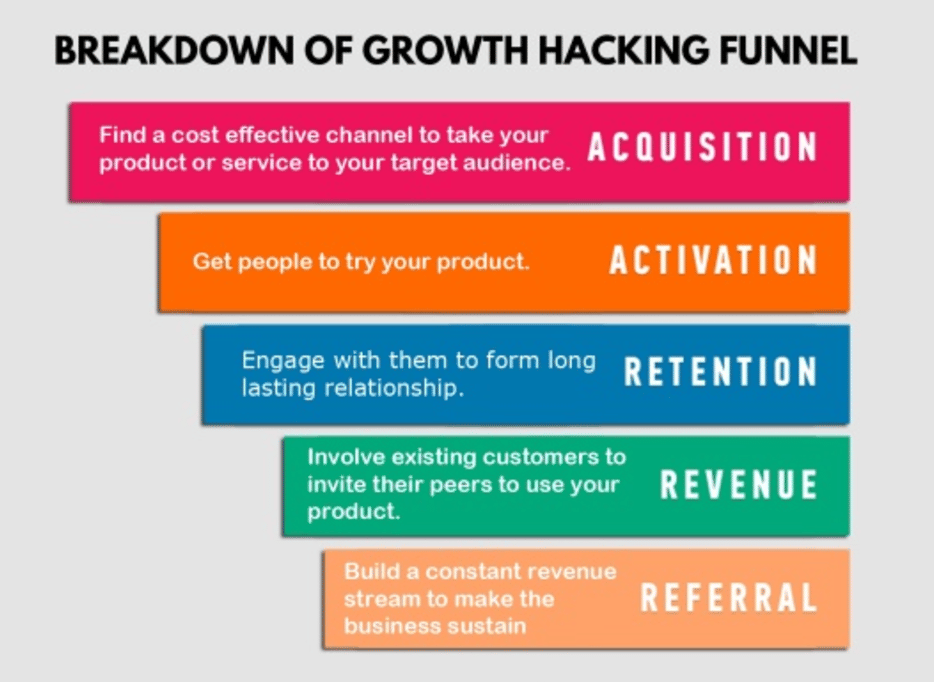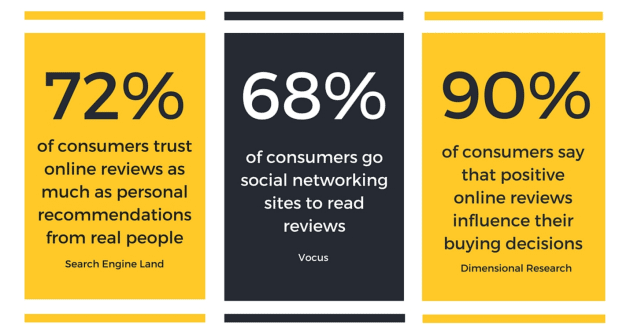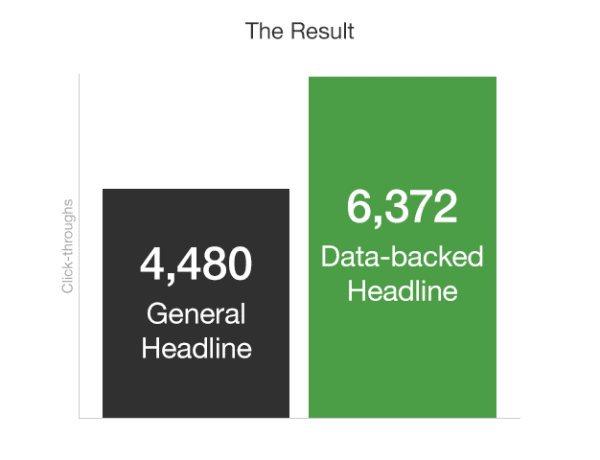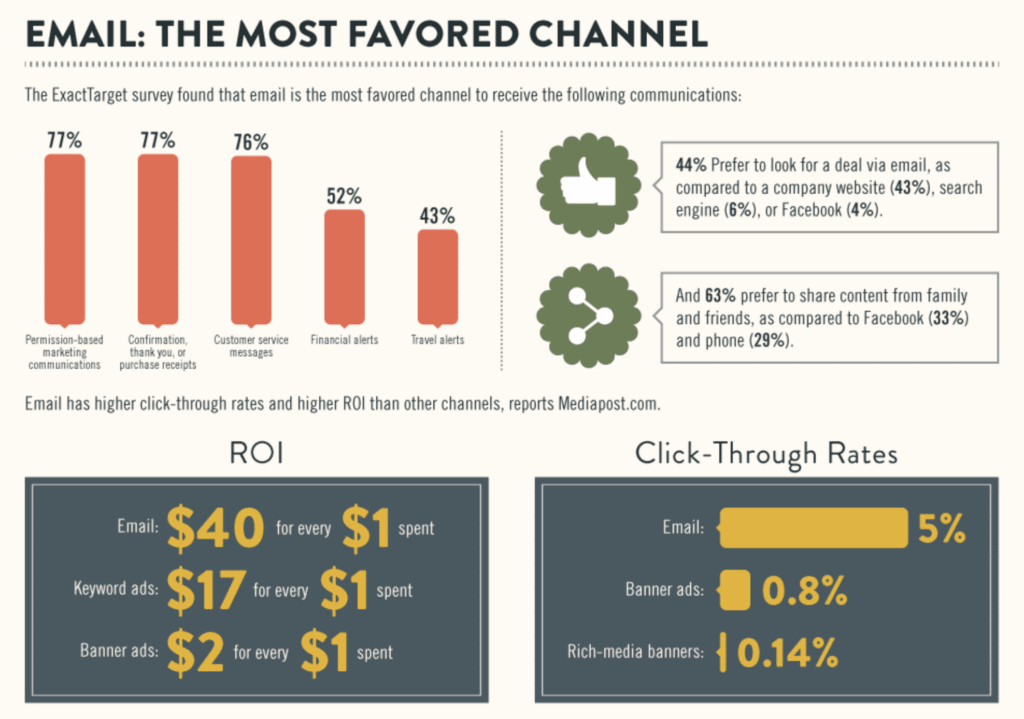“Growth hacking” has become one of the many vague terms in digital marketing that everyone tosses around but most people don’t really know what it means. In its purest form, growth hacking refers to creative experimental solutions intended to grow your business faster than what you’re already doing.
Emphasis on the word experimental. There’s an art and a process to growth hacking, primarily because the same methods don’t always work the same for every business. There’s a lot of development, testing, marketing, tweaking, and fine-tuning that goes on behind the scenes because every business is different.

But the end result can be worth its weight in gold (literally): you ultimately end up with a faster, more cost-effective way to achieve business growth in a way that doesn’t follow convention.
Let’s look at seven growth hacking strategies you can start doing today to boost your leads and sales:
1. Build Social Proof (and Lots of It)
Social proof is a shortcut to building trust. You could spend weeks and weeks nurturing leads through email, but once they see how many followers or influencers that are using and talking about your products, they’ll be much more likely to buy into what you’re doing.
In fact, 97% of online users say reviews impact their buying decisions, while 57% of consumers will only buy a product if it has four or more stars.

You can start building social proof for your products or services in several ways:
- Ask for online reviews and star ratings
- Ask your social followers to like, comment, and share your content
- Use influencers or bloggers to spread the word to their channels
- Get published on other channels as a guest
- Add tools like Trust Pulse to your website to show other people are buying your product.
The more people can trust you’re everything you claim to be, the more likely they’ll be to join your other customers.
2. A/B Test Everything
Small tweaks can make huge impacts on your conversions. For example, Buffer’s A/B test on headline variations saw a 40% increase in click-through rate by adding one statistic to a headline. It was a small but mighty change that completely changed the effectiveness of their content.

There are hundreds of things you could A/B test: calls-to-action, layouts, headlines, images, you name it. Don’t be afraid to try something different to see if it gets better results.
3. Tap into Referral Marketing
Referrals are among the most trusted forms of marketing because they come straight from your customers. Studies show that referral leads convert 30% better than non-referral leads. Plus, it costs 5 to 25 times less to market to an existing customer than chase a new one.
What’s more, many of your customers would be happy to refer others to you, as long as you plant the idea in their head. They don’t always think to do it on their own, but with a little encouragement and incentive, they’ll help you keep your sales funnel full.
4. Optimize Your Opt-in and Checkout Processes
A poor checkout experience or complicated opt-in process can kill conversions. Too many screens or questions can cause 31% of users to ditch the process altogether. Keep it simple and only ask for what you really need, with no surprise questions or hoops to jump through.
5. Use Cart Abandonment Emails
Speaking of checkout processes, sending a reminder to complete a transaction can skyrocket your conversions. More than 45% of cart abandonment emails are opened, and of those, more than 10% of users actually go back to complete the sale. This is an easy process to automate with the right tools, allowing you to put your growth hacking on autopilot.
6. Build a Quality Email List
Email is far from dead, especially when marketers can see a $44 ROI on every dollar they spend. Studies show that 91% of email users check their accounts at least once per day, while more than two-thirds will make a purchase directly related to an email they receive.

The best part: email is also one of the cheapest outreach vehicles, which puts in within reach of any business no matter your budget.
But let’s focus on that word quality. Simply building up subscribers any way you can get them isn’t going to give you a 4400% ROI. The best approach to growing an email list is to ask for emails on your website (since visitors have already found you and know you) or offer something of value in exchange for an email address, such as an e-book, guide, webinar, or other content.
The goal isn’t to get subscribers, but rather make connections with people via email who have the best chance of becoming paying customers. And if they’re not really interested in what you have to offer, it’s better to keep them off your email list.
7. Offer a Free Trial
Free trials have become somewhat par for the course, but the majority ask for a credit card up front so they can bill customers if they don’t cancel. So, should you try a no-strings-attached approach to show you’re “different?”
Your users might think that’s what they want, but data shows otherwise: conversion rates for free trials with no credit card required range from single digits to ~25%, but asking for a credit card can skyrocket conversions to 50% or more!
It’s up to you whether you decide to ask for a credit card before handing over the keys for a test drive, but the fact remains that a free trial can help users determine whether a product or service will meet their needs before they buy.
If you’ve done a good job in setting the right expectations for your product and giving the user the tools they need to succeed, a free trial can help to tip the scales in your favor.






3 Responses